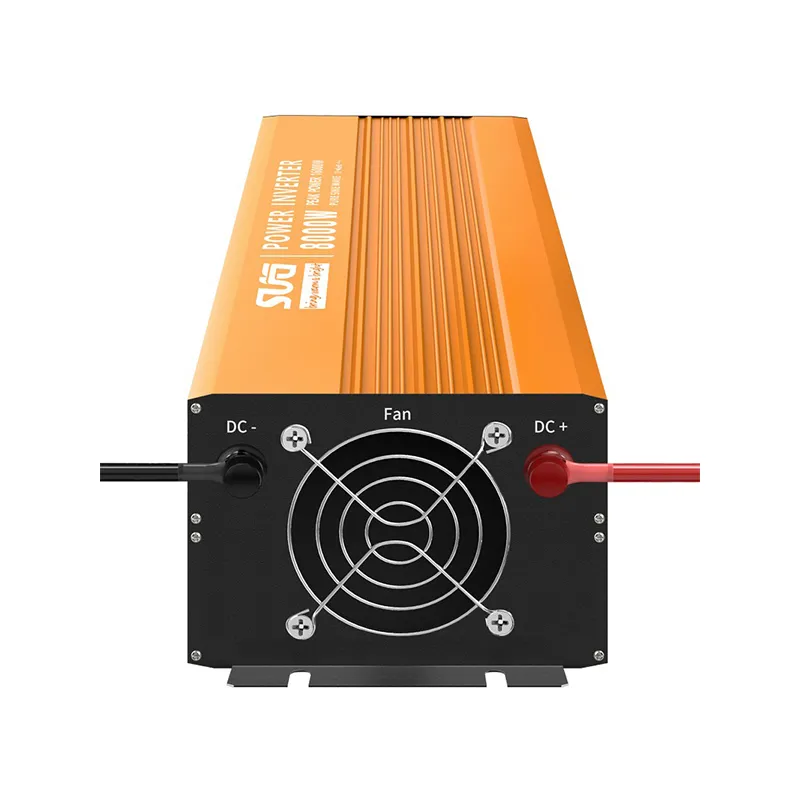Understanding Solar Panel Dimensions in Centimeters for Efficient Energy Use
Understanding Solar Panel Size in Centimeters A Comprehensive Guide
As renewable energy sources continue to gain popularity, solar panels have emerged as a viable solution for energy independence and environmental sustainability. One critical aspect of solar panels that often goes overlooked is their size, which can significantly impact installation, efficiency, and overall system performance. In this article, we will explore solar panel sizes measured in centimeters and discuss their importance in selecting the right solar solution for specific needs.
Solar panels are composed of numerous solar cells, typically made from silicon, which convert sunlight into electricity. The efficiency and output of these panels can vary, but their dimensions are pivotal in determining how many cells fit into a given area, which in turn influences energy production and installation parameters.
Common Solar Panel Sizes
Solar panels come in various sizes, but they generally fall within a standard range. The most common sizes include 60-cell and 72-cell panels. A typical 60-cell solar panel measures approximately 165 cm x 99 cm (65 inches x 39 inches), while a 72-cell panel is usually around 195 cm x 99 cm (77 inches x 39 inches). Understanding these measurements in centimeters can help consumers make informed decisions when considering the spatial requirements for installation.
In addition to these standard sizes, there are smaller and larger options available. For instance, compact 48-cell panels can be found in installations where space is constrained, measuring about 125 cm x 80 cm (49 inches x 31 inches). Conversely, larger solar arrays often utilize panels designed for commercial projects, which can exceed those dimensions significantly.
Factors Influencing Solar Panel Size Selection
When selecting a solar panel size, several factors must be considered
solar panel size in cm

1. Available Space The most significant factor is the physical space available for installation. Roof configurations, shading from trees or buildings, and aesthetic considerations can all influence the choice of panel size. In a limited space, smaller panels might be necessary, while larger areas can accommodate larger panels which could provide more power output.
2. Power Needs The energy requirements of a household or business dictate the number and size of solar panels needed. A more significant energy demand will often necessitate larger solar panels or an increased number of smaller panels to meet that demand efficiently.
3. System Efficiency Not all solar panels are created equal in terms of efficiency. Some smaller panels may offer higher efficiency rates, allowing for maximum energy output even in smaller sizes. It's essential to balance size and efficiency to ensure that the energy needs are met without compromising space utilization.
4. Installation Costs The size of solar panels can also affect installation costs. Larger panels may have higher upfront costs, but they can bring economies of scale during installation, making them a more cost-effective choice for larger installations.
Measuring for Installation
When planning a solar panel installation, accurate measurement is crucial. Potential installers need to measure the mounting area in centimeters, taking into account the total height and width of the chosen solar panels. Additionally, it's essential to factor in space for potential expansion, maintenance access, and any local building codes or restrictions.
Conclusion
Understanding solar panel sizes in centimeters and their relevance to installation can significantly affect the success of a solar energy system. By considering available space, energy needs, system efficiency, and installation costs, consumers can make informed choices and optimize their solar energy investments. As the demand for clean energy grows, having a solid grasp of these specifications will empower individuals and businesses to take meaningful steps toward sustainability. In the era of climate change, every solar panel contributes to a greener future, making the right choice more crucial than ever.
-
Unlocking Energy Freedom with the Off Grid Solar InverterNewsJun.06,2025
-
Unlock More Solar Power with a High-Efficiency Bifacial Solar PanelNewsJun.06,2025
-
Power Your Future with High-Efficiency Monocrystalline Solar PanelsNewsJun.06,2025
-
Next-Gen Solar Power Starts with Micro Solar InvertersNewsJun.06,2025
-
Harnessing Peak Efficiency with the On Grid Solar InverterNewsJun.06,2025
-
Discover Unmatched Efficiency with the Latest String Solar InverterNewsJun.06,2025







